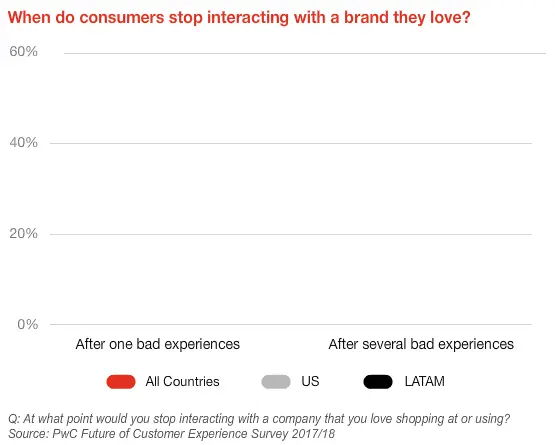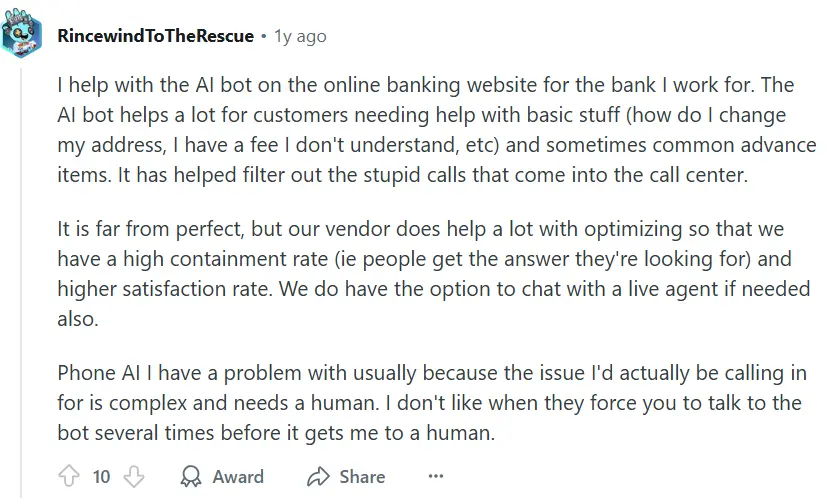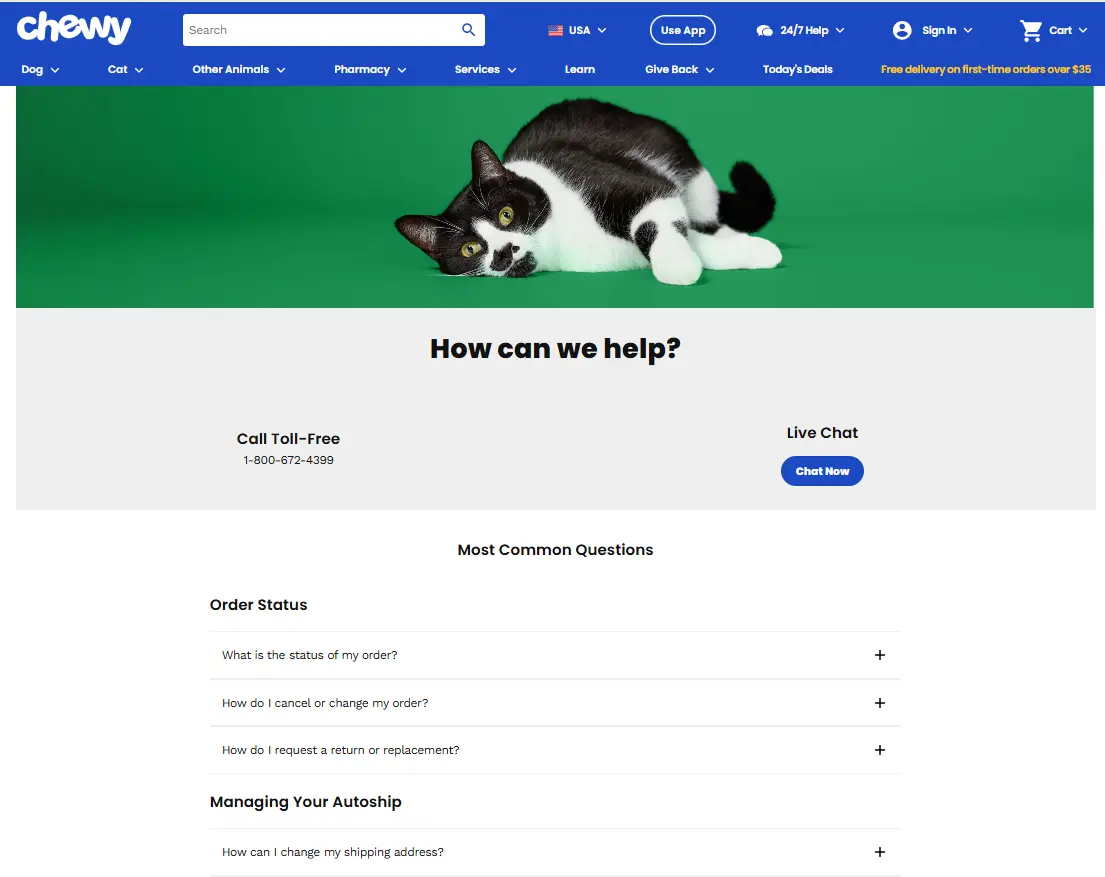Bad experience drives your customer away – even faster than the Bugatti Chiron.
73% of customers agreed that their experience with the brand impacts their purchasing decisions. And 57% agreed they would stop buying from the brand they had a bad experience with.
Even if the customer loves your brand, multiple bad experiences can ultimately lead to a drop-off.

But you can still do better. You can,
- Build trust,
- Increase loyalty/repeat purchases,
- Reduce support tickets,
- And boost conversions/AOV
Just by ensuring that your customer is not neglected and has a great experience interacting with your site.
Ecommerce is competitive, with approximately 14 million ecommerce sites alone in the US. Customers have multiple options, and one bad experience can mean losing them, even if you have a great product to offer. This way, your competitor could gain the edge.
Therefore, a flawless CX is not a “Good to have,” but a “must-have” profit engine for an e-commerce site.
Why Customer Experience Matters More Than Ever
First, let’s see few quick stats;
- 86% of buyers pay more for great customer experience.
- 5% increase in retention boosts profits by 25-95%.
- 57% stop buying after negative experiences
The way customers buy today has changed a lot. It’s 2025, which means we are seeing higher competition, higher expectations, and instant gratification demands.
Ecommerce is flooding. Your product is not that unique unless it’s a coffee machine that operates only on Mars. You have competitors trying to reach your customer base. The only edge you can have is not by giving more discounts – it’s by providing a better experience. Just like a coffee place you go to every single day because you like the ambiance, the staff, and the peace – your ecommerce site is the same. If your customers feel good after they interact with your brand, it increases your chances to retain them.
Let’s crack 7 ways to help an ecommerce business improve customer experience based on what customers are actually complaining about.
How to improve the ecommerce customer experience
1- Human customer support agents
We get the AI hype, and we are seeing so many e-commerce brands save dollars by replacing their customer support teams with AI chatbots. But are we happy about it?
Research done by Gartner found that up to 64% of customers prefer companies that don’t use AI customer support, and 53% will switch to a competitor if they find out that the company uses AI for customer service.
We cannot deny how time-saving and resource-saving it might feel to have a whole team of customer support replaced by bots, but we also cannot deny the after-effects of not using it effectively.
A report published by the BBC almost one year ago reported that the Air Canada AI assistant allegedly gave bad advice to passengers, and they later claimed that their AI was solely responsible for this matter.
Are we considering a bot responsible if our customer gets advice that isn’t aligned with our company standards?
There could be multiple scenarios where a human is needed for the customer to feel heard and valued.

Still, the opinions are diverse. When it comes to getting the basic information a customer might be looking for, AI chatbots are performative and of great use. For example, they can ask for an address or the exchange policy.

But the debate isn’t over. Moving forward to 2025, multiple effective AI customer support solutions are available in the market, helping brands with 95% of their customer support.

By using AI ethically and strategically, e-commerce businesses are dropping support tickets.

Now, it’s evident that AI wasn’t the issue; how and where to use it was. Now that e-commerce brands understand their customers’ needs, they are investing in more effective solutions.
As an e-commerce brand, you can always use AI customer support. But the important point is when?
- To provide basic info. Like inquiries on restock, exchange, or return.
- To gather details before connecting to the human customer support agent.
But there must be a human on the other side of the chat or call for advice and inquiries that need urgent attention.
2- Website optimization
Most people, around 52.3%, interact with the brand online before making any direct purchase, and among them, up to 33% visit a brand’s website first. If your customers find it hard to navigate or find relevant information or the product they are looking for, it may kill your chance to retain them.
Therefore, to make your eCommerce website experience flawless, make sure you have the following things in check.
A- Clear PDPs (Product detail pages)
No matter which industry your ecommerce business lies in. Having precise product details is equally important.

If you fail to convince your customer or cannot provide the information he was looking for, you could lose your chance to competitors.
B- Clear company policies
Be transparent about your company’s policies on returns, exchanges, shipping, warranties, etc., based on the nature of your product.
The more transparent you are, the more trust customers will put into your product.

C- Fast response time
Customer support is available on the website to provide a timely response to any issues your customer might be struggling with in real time.
If your response time, either via email or live support, is slow and tacky, you are losing credibility, which might cost you your warm lead.
Secondly, proper training of your customer support team is very important. Your team must understand your customers’ needs, pain points, motivations, and how they can benefit the customer.
Customer feel valued when their concerns are being addressed and resolved.
3- Addressing complaints empathetically
How a brand addresses customer complaints says a lot about its brand ethics. You receive negative feedback. Instead of getting defensive, you should take it as an opportunity to showcase your ethics publicly by either offering a sincere apology or providing instant gratification (such as a refund, exchange, or gift coupon). However, keep in mind that you must prevent fake public defamation solely for monetary benefits or refunds. Regardless of the means you provide for your customers to voice their complaints, make sure a designated team is in place that is trained to resolve matters in a timely and empathetic manner.

4- Personalized customer experience
Personalization is the direct way to show how much you value your customers. A personalized dashboard, personalized offerings, exclusive emails, and product bundles at a discounted price show what they recently viewed or what’s in their cart, what people buy together, and when their favourite product is on sale.
Keeping tabs on your customers’ interactions with your website gives you a view of their preferences. Suppose your website is optimized for conversions (via conversion rate optimization, CRO) and you make your customer experience as personalized as possible. In that case, you increase your chances of selling, retaining, upselling, or cross-selling.


5- Multiple payment options
Having a limited payment option shrinks your chances of catering to different types of customers. Not all customers prefer to pay with Apple Pay, nor are all users eager to attach their cards. Therefore, try to offer multiple payment options.

6- Data-backed and omnichannel customer experience
You cannot determine when your potential lead will buy from you. Therefore, you must make every interaction meaningful. According to studies, a customer may interact 6-7 times with a brand before making a purchase. It can happen via a website, email, social media, or word of mouth. Therefore, an ecommerce brand must provide an omnichannel customer experience.
Omnichannel means a buyer can interact with your brand through multiple channels.
With a data-backed and omnichannel customer experience, you can identify your warm lead who is spending time on your website and interacting with you through social media. Ultimately, you can send them their liked or most viewed product in an email with a coupon or limited-time offer.
The same customer can engage with you via your website, ask for details on Instagram, or order after receiving a personalized discount offer via email.
7- Make your checkout process easy
What’s the most frustrating part of any e-commerce business? When a customer reaches the end of the funnel and then decides to leave their cart abandoned due to your complex checkout process. Another scenario is when a customer reaches the end of the funnel, and before they can enter their shipping details, BOOM, you ask them to first create an account (two pages long) and then they can proceed to checkout. This is frustrating for the customer. Not all customers want to create an account on their first purchase. Therefore, give them space. Offer guest checkout or politely ask them to create an account after they finish their checkout process. You can use your copywriting skills to guide them through the benefits they could enjoy by creating an account or subscribing to your newsletter.

Ending Note
There are 100 different ways you can improve your e-commerce customer experience. Here, we have discussed the top 7 brands and customers that are equally stressed about. By carefully listening to your customers, you can make their experience frictionless and flawless, which can ultimately improve your customer experience and boost your sales and revenue.
FAQs
How to improve customer experience?
Give value to your customers’ time and efforts. Offer them a frictionless website experience, effective customer support, transparent policies, and resolve their inquiries promptly. If needed, connect them to the concerned department or team.
What are the 4Ps of customer experience?
The 4Ps include product, price, place, and people. A customer perceives your brand image based on these 4 Ps. These are the main pillars that help you shape and improve your overall customer experience.
How to improve ecommerce customer service?
Responsive yet accurate customer service can be achieved by using live chat bots or email support, where customers can share their queries to receive a quick response. Ecommerce brands are using AI bots for quick delivery of basic information, backed by human agents to handle complex inquiries.
What are the 3 E’s of customer experience?
Engagement, ease, and emotions. By touching all three Es, a brand can create an effective and everlasting customer experience. Dealing with your customers emphatically, listening to their concerns, and making their overall experience frictionless and easy will build a strong customer connection.



